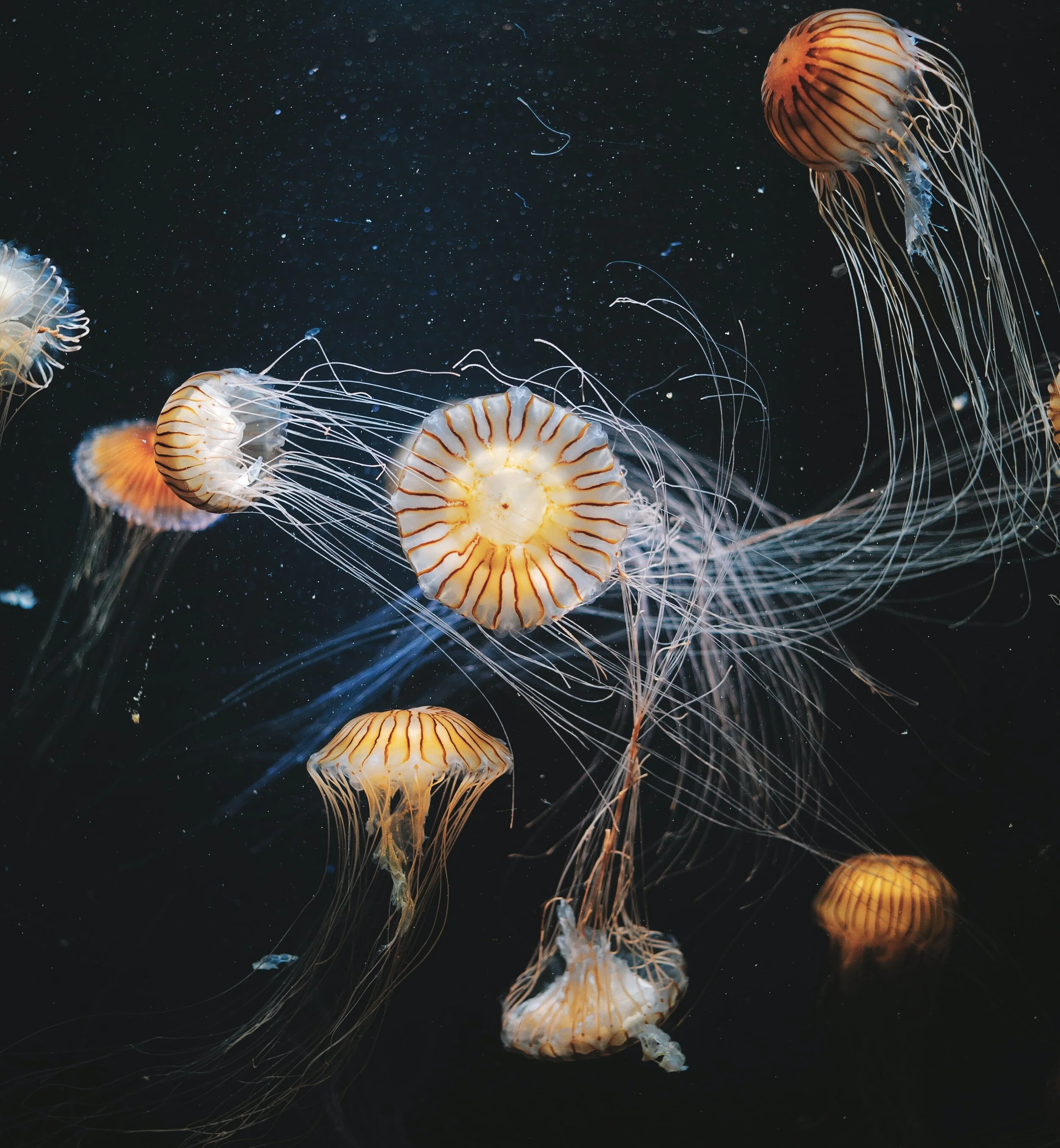
Unit 31: Buoyancy & Archimedes’ Principle
Practice Problems

Note: problem difficulty is ranked using a star system.
(*) One-star problems are fundamental to the unit, and can be done relatively quickly. Use these problems to introduce yourself to the material.
(**) Two-star problems are more difficult, and require an understanding of one or two key concepts. Use these problems to test your understanding of the material.
(***) Three-star problems are the most difficult, and require some creative thinking in addition to a deep familiarity with multiple key concepts. Use these problems to challenge yourself; if you can complete one of these, you’re on your way to mastering the material.
*Q31.1) If the following objects were submerged in water, rank them in increasing order of the buoyant force they would feel.
**Q31.2) g on the moon is 1.6 m/s². To simulate what it would feel like to experience the reduced gravity on the moon, Apollo astronauts trained in swimming pools with carefully designed suits. What must be the average density of an astronaut in a suit in order to experience an apparent weight that’s the same as the weight on the moon?
**Q31.3) An iceberg of density 930 kg/m³ floats at equilibrium at the top of a salt-water pool of density 1030 kg/m³. What percentage of the iceberg’s volume is above water?
***Q31.4) Consider a cube of density 770 kg/m³ floating stationary at the top of a pool of freshwater (of density 1000 kg/m³). What fraction of its side length is submerged (as a percentage)?
***Q31.5) Aquatic animals maintain neutral buoyancy by matching the average density of their bodies to the density of the surrounding water. In whales, this is achieved by having porous bones with a density of 650 kg/m³. If the rest of a whale’s body has a density of 1080 kg/m³ and the density of saltwater is 1030 kg/m³, what fraction of a whale’s total volume must be made of porous bone?

